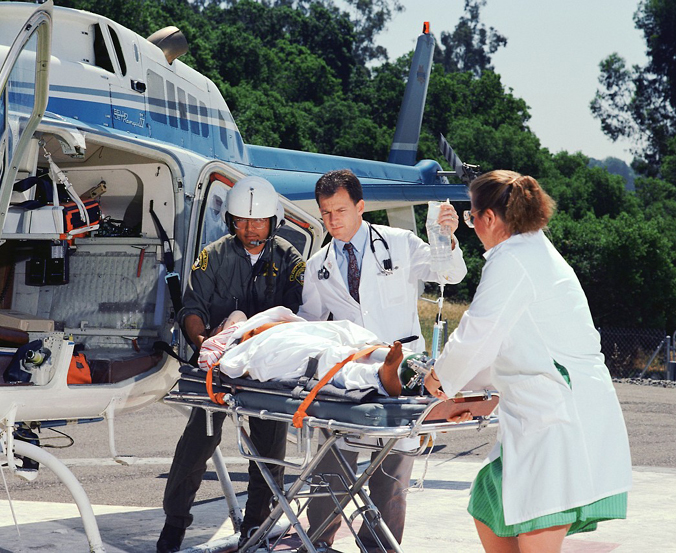In today’s healthcare workplaces, interprofessional patient care isn’t the exception – it’s the new norm. Whether practicing in a hospital, clinic, or primary care office, medical professionals work side-by-side with a multitude of other healthcare disciplines, including nurses, physician’s assistants, pharmacists, EMTs, physical therapists, and more.
This means that doctors must be prepared to work on multidisciplinary teams from day one. It’s imperative that today’s medical schools integrate interprofessional education into their simulation-based training curricula.
Making the Case for Interprofessional Education
In an effort to reduce medical errors through team-based patient care, both the American Association of Medical Colleges and the Institute of Medicine have called for today’s medical schools to implement interprofessional education (IPE) as a foundational part of their curricula.
Hospitals and healthcare environments don’t isolate practitioners according to their job title, so why should medical students learn to practice that way? Medical school-based IPE prepares doctors to work in conjunction with other healthcare disciplines to treat patients. Instead of leaving every treatment decision to a doctor, IPE more accurately presents patient care as a continuum, encouraging increased communication among professionals.
Successful Integration of Interprofessional Education
Faculty development and buy-in are key to successful IPE integration. They’re also necessary for overcoming challenges, including scheduling, logistics, and financial support.
Whether the medical school’s ultimate goal is to enhance students’ interprofessional collaboration skills for improved patient outcomes, to meet accreditation criteria, or both, faculty must champion IPE across their institution and build the evidence for its impact on learning.
With successful IPE integration, a medical school can expect to help develop a basis for students to deliver team-based, patient-centered care. Because most medical errors that result in patient harm are due to communication problems, IPE training that helps practitioners close the communication gap can potentially reduce mortality.
Technology-Enhanced Interprofessional Education
When healthcare teams work in sync, patient care improves. Emerging technology offers medical educators the option to integrate both synchronous and asynchronous IPE training events.
Virtual IPE and telehealth-based learning tools can help students participate in interprofessional training exercises remotely. With audio-video enabled technology and built-in chat functionality, healthcare practitioners aren’t limited to the large-scale, in-person IPE training events that may only occur on their campus once or twice a semester.
Instead, they can hone their interprofessional communication skills on a regular basis. This puts medical students in the mind–set that multidisciplinary teamwork is essential to comprehensive patient care.
Schedule a free consultation to learn more about the benefits of interprofessional education to today’s medical schools.

